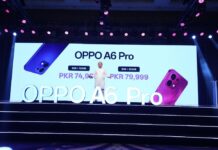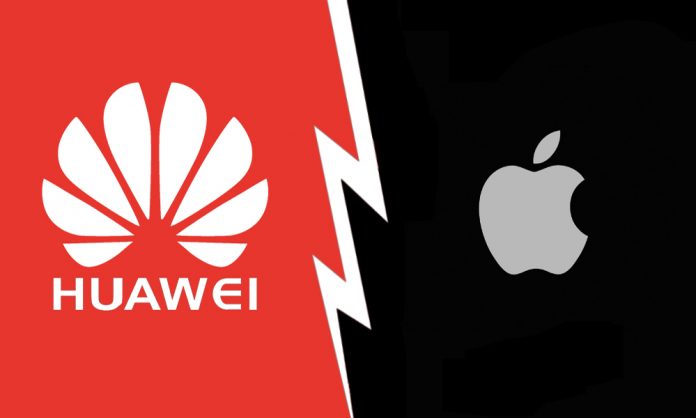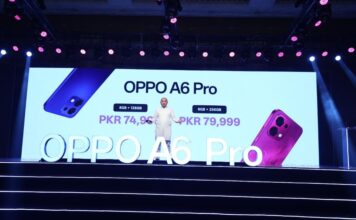Gone were the times once individuals used to purchase computers supported CPUs. The appearance of System-on-a-Chip (SoC) has created a buzz over the market and each good factor around us is presently integrated with these SoCs.
SoCs are a mixture of varied computer components into one semiconductor integrated chip which has a central processing unit (CPU), a graphical process unit (GPU) and a random access memory (RAM), power management circuits, among others.
According to International Data Corporation, the Chinese telecom multinational company, Huawei has surpassed Apple and gained the second position to be the worldwide quarterly smartphone marketer. Huawei holds 19 % of the worldwide market share that is high as compared to Apple’s 11.7 percent.
Apple Bionic A13 extends battery life of iPhone 11 and iPhone 11 Pro
In this article, we tend to see however Huawei’s Kirin 990 stacks up against Apple’s A13 Bionic chipset, pegged because of the most powerful chip in the smartphone. With 2 machine learning accelerators, A13 has hogged tons of limelight however Huawei is buckled up for a good battle too by packing a position.
Apple Bionic A13
It has been over 2 years that Apple started creating its own chipsets. This month the tech giant disclosed the new chipset Bionic A13 that according to the developers is the most powerful iPhone semiconductor till now. This chip will power the new iPhone 11 series. According to our sources, “The A13 Bionic is the most powerful CPU ever in a smartphone,” Apple said onstage, adding that it also has “The fastest GPU in a smartphone,” too.
Huawei Kirin 990
After its involvement within the trade war with the United States of America, Chinese telecom giant Huawei has doubled down on building their own competencies. From saying its own OS to launching its 1st commercial AI chip, the tech giant has fully grown its roots within the field of rising technologies.
The Chinese telecom giant, Huawei introduced its new flagship chipset, Kirin 990 which is created of TSMC’s 7nm+ EUV method. Huawei claims this chipset as the first flagship 5G SoC high-powered with a 7nm+ EUV process. With an inbuilt 5G modem, the chip has 10.3 billion transistors, whereas, with the 4G modem, the chip has 8 billion transistors.
Artificial Intelligence
The Apple Bionic A13 includes machine learning hardware acceleration that is an octa-core Neural Engine. It adds 2 machine learning accelerators to 6 C.P.U. cores i.e. 2 performance cores and 4 efficiency cores that create the chipset work sixfold quicker than the previously released chipsets like Bionic A12.
Apple VP of Engineering Sri Santhanam said A13 Bionic’s standout features embody its powerful machine learning capability and a low-power design — hundreds of voltage gates enable the chipset to activate solely the subsection(s) required for a given process at a given time.
The Huawei Kirin 990 chipset includes the company’s self-developed 2+1 da vinci architecture NPU i.e. 3 cores that deliver higher power potency, stronger process capabilities and better accuracy.
The chipset has powerful Big-Core and ultra-low consumption Tiny-Core that contributes to a massive boost in AI performance. In AI face recognition, the efficiency of this NPU Tiny-Core can be increased up to 24x than the Big-Core.
Huawei Kirin 990 betters Qualcomm’s SnapDragon 855 by 4.7 times in AI performance, and scored 52403 on the AI Benchmark Test, ahead of both the Unisoc Tiger T710 and SnapDragon 855 +.
Processors
The Apple A13 Bionic is built with TSMC’s second-generation 7nm processor and includes 8.5 billion transistors that are about 23 % over A12’s 6.9 billion. The C.P.U. is a dual-cluster Hexa-core and also the GPU is that the company’s own designed quadcore.
On the other hand, the C.P.U. in Kirin 990 is the tri-cluster octa-core and also the GPU is 16-core Mali-G76 MC16 architecture that elevates outstanding performance and great energy potency.
Conclusion
In the current scenario, microchips are embedded in almost every smart device, as an example, smartphones, washing machines, and cars among others. This time, there has been a good battle been the two tech giants, Apple and Huawei.
Developers at Apple claim that it’s the fastest C.P.U. and GPU embedded in a smartphone. It also packs an image processing feature called Deep Fusion that uses machine learning to boost low to medium light photography.
However, there’s one purpose wherever Huawei scores over Apple is with Balong 5000 modem processor that supports 5G networking and delivers most download speed of 2.3Gbps and a maximum upload speed of 1.25Gbps.



























